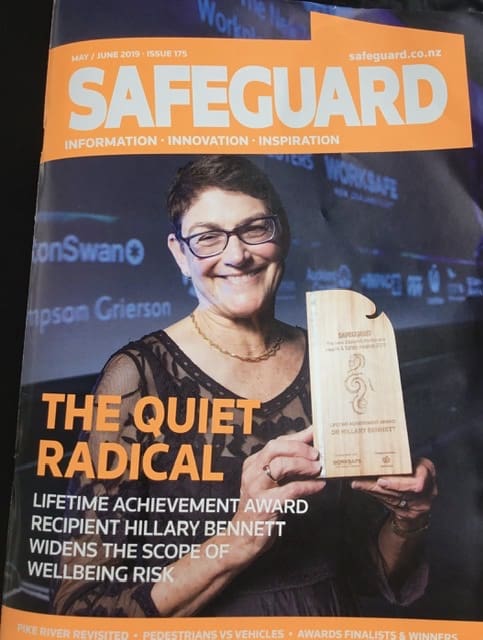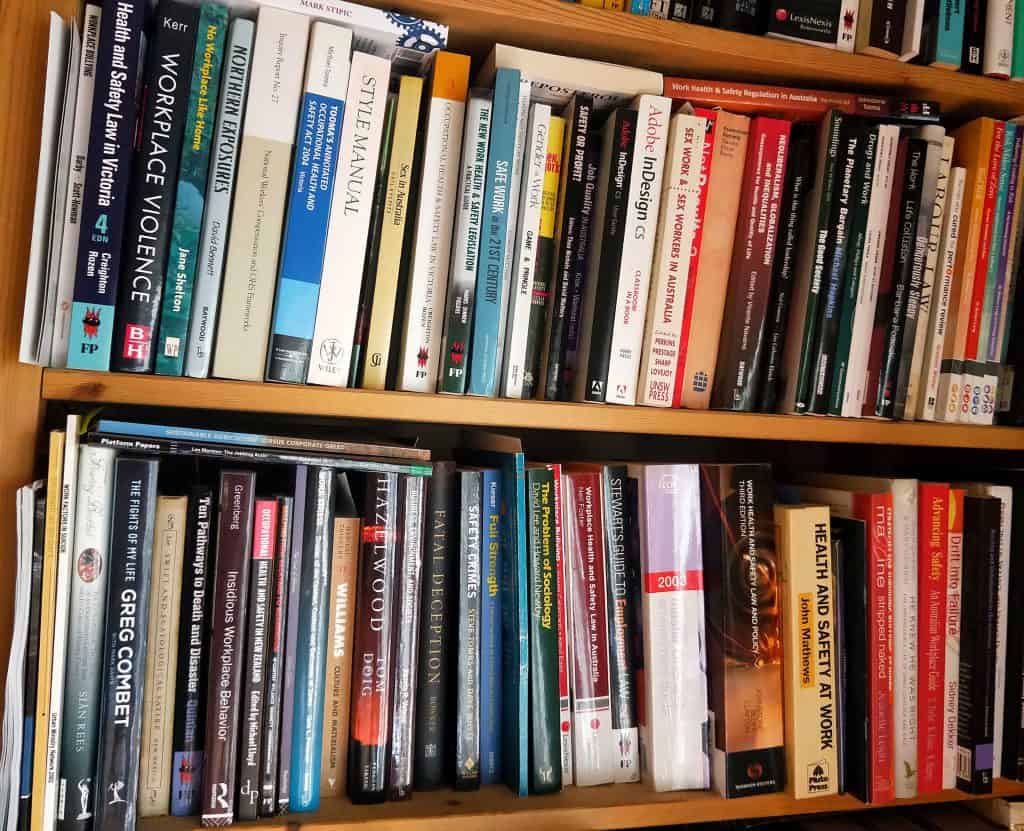
There is an article doing the rounds of some of the American newspapers called “Shaping culture to be psychologically healthy” by Bill Howatt. It is a solid article but illustrates some of the limited thinking common to advocates of psychological health in workplaces.
Howatt writes about establishing and managing a suitable culture through leadership, education, awareness and other activities. But organisational cultures operate within a larger pool of cultural contexts and, most importantly, business structures.





